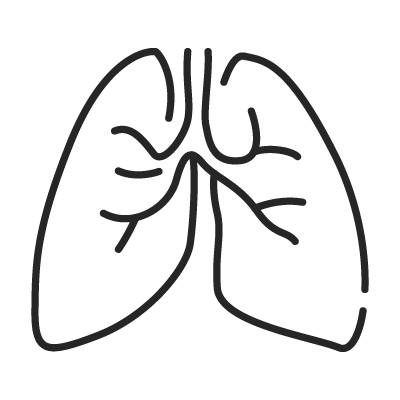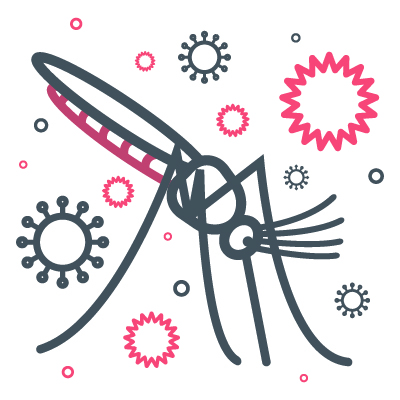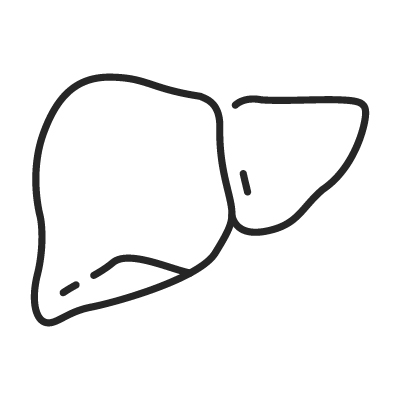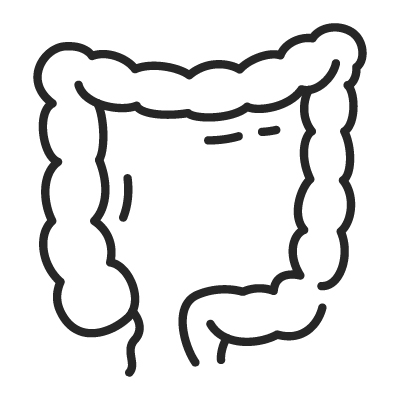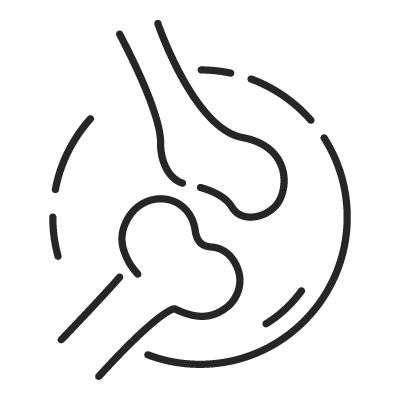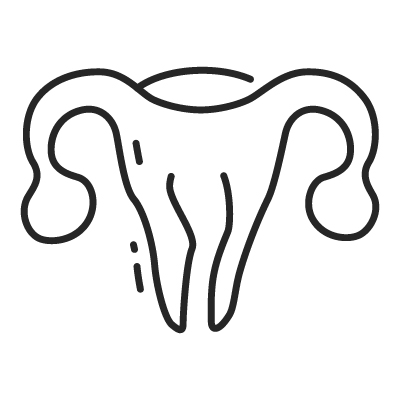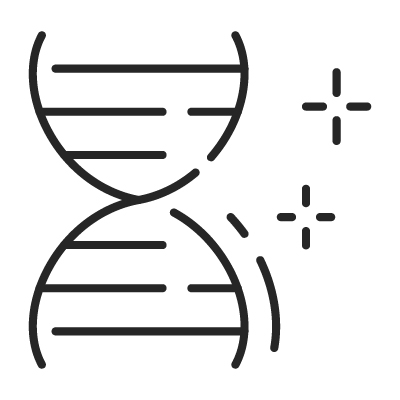Bovine infectious rhinotracheitis virus antibody (IBR Ab)
| Catalog No. | SIBRABS |
|---|---|
| Specimen | Serum/Plasma |
| Dimensions | Height: 60mm, Length: 300mm, Height: 84mm, Length: 300mm |
Product Description
INTENDED USE
Bovine Herpesvirus-1 (BHV-1) belongs to the Herpes family of viruses. BHV-1 is highly contagious and can quickly spread through a group of calves. The secretions of affected calves are extremely infectious and appear to be highly attractive to other animals. All ages of animals are potentially at risk. With regard to pneumonia, two other viruses are commonly involved: bovine respiratory syncytial virus and parainfluenza 3 virus.
Pinciple
IBR is an acute infection usually characterized by visible signs, including sudden onset of fever, salivation, rhinitis (red nose), conjunctivitis (red, watery eyes), inappetance, and dyspenea (difficult breathing). The nasal mucosa and muzzle are distinctly inflamed, with abundant nasal discharge. Nasal lesions become large, consolidated hemorrhagic (red) areas or white plaques. In advanced cases, respiratory distress increases and open-mouth breathing is evident. If primary BHV-1 infection does not resolve in five to ten days, secondary bacterial infection can occur, leading to bronchopneumonia and death in complicated cases. The reproductive system may also become involved manifested by infertility problems, abortion, and birth defects.
In adult cattle, one of the early signs of BHV-1 infection is a reduction in milk yield.



